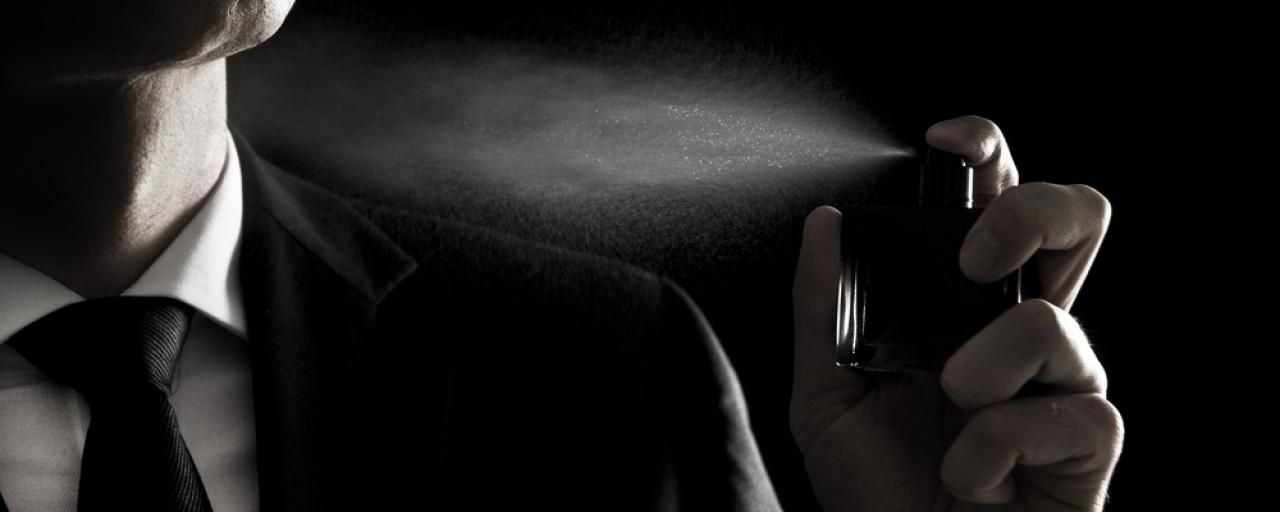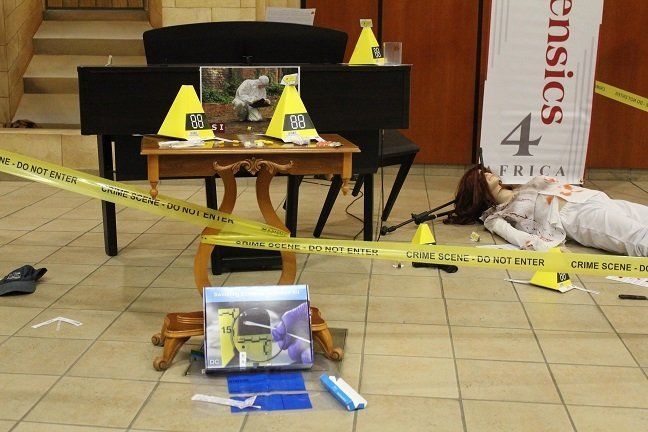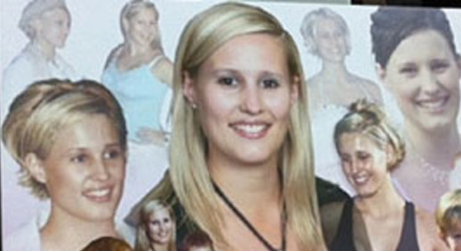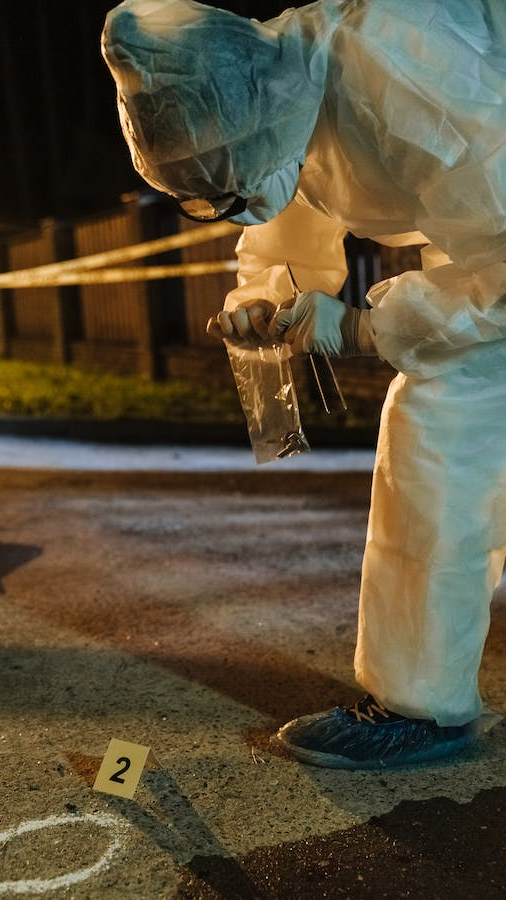The Scent of a Crime: can traces of perfume crack the case?
Can traces of perfume crack the case?

The core tenet of physical evidence collection is that an offender leaves traces behind at a crime scene – while taking other traces with them. The concept is Locard’s Exchange Principle, and has been increasingly applied to fingerprints, body fluids, touch DNA, pollen, and near-invisible signs of contact.
Could perfumes and colognes be the next clue?
Key parts of chemical signatures are transferred by direct contact, according to a new study by University College London researchers in the journal Science and Justice.
“While there is a lot of work in forensic science on transfers – for example, the transfer of fibers or the transfer of gun-shot residue – until now there has been no research on the transfer for perfumes,” said lead author Simona Ghergel, a doctoral student, in a UCL statement. “We thought there was a lot of potential with perfume because a lot of people use it. We know about 90 percent of women and 60 percent of men use perfume on a regular basis.”
A series of volatile organic compounds are in a wide variety of common perfumes and colognes. Some of the most common are limonene, linalool, geraniol, eugenol, and coumarin.
The UCL researchers concocted a test mixture that includes those key chemicals, as well as other assorted ingredients included in many scents. Samples of the test perfume were allowed to dry and “age” prior to the experiments – for as short as five minutes, to six hours or even seven days.
Then they conducted a series of experiments to determine whether direct contact, or rubbing, could transfer the signature. The contact was as quick as one minute, and as long as an hour. Rubbing with a gloved hand lasted two minutes. The subject surfaces were then measured for microscopic traces by gas chromatography-mass spectrometry.
The transfer depended on how strong the perfume was, how it aged, and how long the contact was. But transfer happened . Direct contact for just one minute left behind 15 components of the original 44 in the signature, they said.
The drawback is – the evidence disappears after it is collected. It would need to be analyzed almost immediately, they said. “There might be a considerable time delay between the crime and the collection of the evidence, in addition to a delay from collection to the analysis of the evidence, which can make an accurate interpretation of perfume trace evidence difficult,” they write.
Even though the proof-of-concept experiments won’t immediately translate to crime scenes, they contend they could eventually part of an important toolkit, particularly when it comes to sexual assaults.
“Due to the close contact between the victim and assailant during sexual assault, fragrance analysis has the potential to be an additional forensic tool that could be used to demonstrate a contact has taken place, and potentially indicate thy type of contact made and the timeframe since the contact,” they contend.
The potential for first measuring odor in textiles was proposed by a Polish scientist in 2003, in an industry journal. However, the scientist contended such analysis would require massive research to properly quantify.
SOURCE:
ForensicMag






Follow Us
Forensic Academy Africa (Pty) Ltd (Previously Outsourced Learner Management) is accredited as a Skills Development Provider, including for Online Learning, with the Safety and Security Sector Education and Training Authority (SASSETA) – ID 081985269877 and awaits the result of its re-accreditation application at the Quality Council for Trades & Occupations (QCTO) – QCTOSDP01190829-1792 for the Occupational Certificate: Fraud Examiner.




